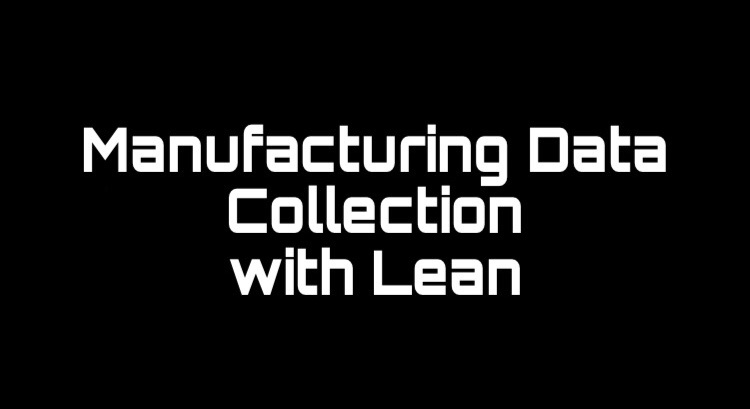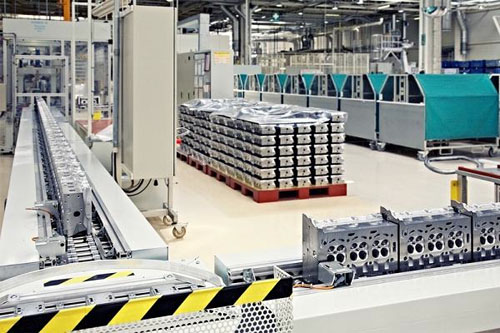Topics: Advanced Planning and Scheduling, Lean Manufacturing, Implementation, APS, APS
If your company uses lean manufacturing software, then you know how important this system is to the efficient functioning of your factory. These software programs can make recommendations for everything from scheduling production runs to scheduling maintenance, but it’s important to realize that the recommendations they give are only as useful as the data they’re using.
 When these programs were first introduced, they were used primarily to schedule maintenance. In fact, there are many industry veterans who assume that maintenance scheduling is all that these programs can do. The truth is that today’s lean manufacturing software can do a lot more than remind employees when to clean and grease the production equipment. If given the right data, they can make recommendations about when, where, and how much to put into production and even who should be assigned to produce each order and setup each machine.
When these programs were first introduced, they were used primarily to schedule maintenance. In fact, there are many industry veterans who assume that maintenance scheduling is all that these programs can do. The truth is that today’s lean manufacturing software can do a lot more than remind employees when to clean and grease the production equipment. If given the right data, they can make recommendations about when, where, and how much to put into production and even who should be assigned to produce each order and setup each machine.
By giving these programs a history of your facility’s production it’s possible for these software programs to anticipate the most efficient way to make the items needed for current orders. For example, it’s a common practice for a factory to wait until several orders for the same product come in before setting up and running a production line for that product. While this cuts down on set-up time and labor costs, it has the side effect of making customers unhappy as they wait too long for their product. To prevent this, many factories decide to run a line “early” and to “make extra” in order to keep an important customer happy or to keep efficiencies high, resulting in set-up costs that are too high and wasted time, and/or additional product that takes up shelf space until an order is received.
 Instead of running your factory floor based on educated guesses and panic, a lean manufacturing program can analyze data and create a production schedule that will keep costs down and customer satisfaction high. By analyzing past production figures, actual set-up and tear-down times from previous production runs, raw material usage and labor costs, it’s able to generate the most efficient production schedule possible that delivers what your customers want when they want it.
Instead of running your factory floor based on educated guesses and panic, a lean manufacturing program can analyze data and create a production schedule that will keep costs down and customer satisfaction high. By analyzing past production figures, actual set-up and tear-down times from previous production runs, raw material usage and labor costs, it’s able to generate the most efficient production schedule possible that delivers what your customers want when they want it.
The trick to getting the software to do this, however, is that it needs good data. If your company doesn’t keep track of set-up time, for example, or simply assumes that set-up is the same for every product, the software will be unable to take the variable time into account when generating a schedule. By leaving this data out, the program might compute that switching between dozens of different products a day is the best way to fill orders. This might not be smart in the real world. Also, telling the software what your people can actually do in detail enables the program to compute a schedule that minimizes the unproductive down time of the production line while maximizing the labor from your employees while avoiding unnecessary build-up of inventory. This all contributes to running a leaner operation.
Topics: Advanced Planning and Scheduling, Lean Manufacturing, Implementation, APS, APS
0 Comments
No video selected
Select a video type in the sidebar.







LEAVE A COMMENT